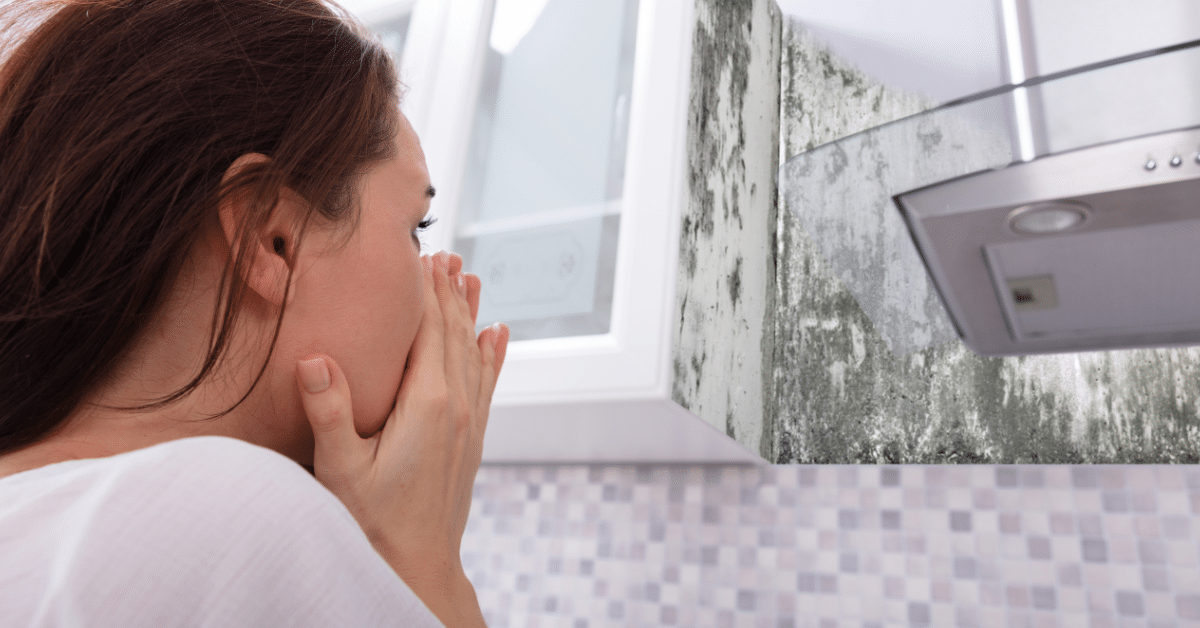Sick Building Syndrome

what is sick building syndrome?
Have you ever felt fatigue, coughing and sneezing, shortness of breath, nosebleeds, or increased asthma problems in your work place? Normally one would not think that all these problems could be caused by a building…well they can. It is known as “Sick Building Syndrome”. Sick Building Syndrome is considered by some in the medical field to be an illness in people who have been exposed to undefined chemical, biological, or physical agents that are thought to be found in buildings. Indoor air quality testing is crucial in buildings and properties to determine if the structure is “sick” or healthy.
origins of sick building syndrome
In the 1970s a movement was set in motion by builders and authorities to seal up buildings the best they could to save on fuels for air conditioning and heating. Many buildings became air tight which left no room for clean air to filter in (inadequate ventilation), which in return set the building up for pollution. Examples of pollution that occurred: carbon monoxide build-ups, possibility of indoor combustion (heaters, ranges and smokers), and the release of inhalable particles (Volatile Organic Compounds, airborne allergens, and pathogens).
As a way for buildings to have better Indoor Air Quality (IAQ) and minimize energy consumption, the American Society of Heating, Refrigerating and Air-Conditioning Engineers (ASHRAE) revised the standards of ventilation from 5 cfm(cubic feet per minute) per occupant to a minimum of 15 cfm provided of outdoor air per person (20 cfm/person in office spaces). (“Sick Building Syndrome (SBS) – Indoor Air Pollution Testing.” Sick Building Syndrome (SBS) – Indoor Air Pollution Testing. N.p.)
causes and signs
There can be many factors that cause Sick Building Syndrome and one is biological contaminants (bacteria, molds, pollen and viruses). Biological pollutants can cause illness through three different methods-: 1. Infection, 2. Allergy/Hypersensitivity, and 3.Toxicosis. A contaminant’s source could be from water(water is a breeding ground for mold) that has accummulated in places such as humidifers, a/c ducts, drain pans; or where water has been collected on carpeting, ceiling tiles or insulation.
Outside elements have an effect on biological contaminants such as temperature , humidity or lighting. Another factor could be a source that is already in the building like carpeting, upholstery, wood products, cleaning agents and copy machines. Certain factors emit volatile organic compounds (VOCs) which research has shown can cause very serious health issues when at high concentrations. VOCs that may be emitted from items like flooring, varnishes, and gasoline can contain: formaldehyde, acetone, ethylene glycol, benzene and tolune.
how to know if your building is sick
How does one know that their building is “sick”? For the most part, it is from complaints of the buildings occupants. Building occupants may have symptoms including: headaches, throat, nose, and eye irritation, dry cough, dry or itchy skin, dizziness, nausea; or more serious symptoms like fatigue, sensitivity to odors, and development of respiratory illness. The source that is causing the occupants symptoms is unknown; however occupants have said to have felt relief once they exited the building. A good way to know that your building should be inspected is when a group of occupants have or show the same symptoms.
Air Quality Assessors will walk through the suspected Sick Building and do a thorough inspection to try and locate the source that has been causing sickness. Testing will be done to see whether the indoor air quality levels reach the standard of safety or not. Once again is it not always known what causes Sick Building Syndrome and sometimes the source cannot be found. What can be done is an IAQ test to ensure that the occupants of the building are safe or to find out whether the building is actually sick.



